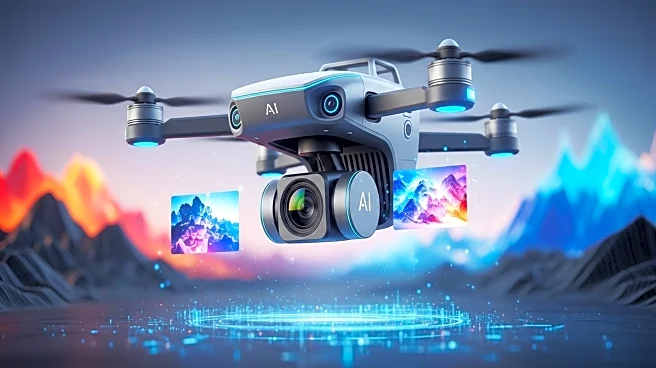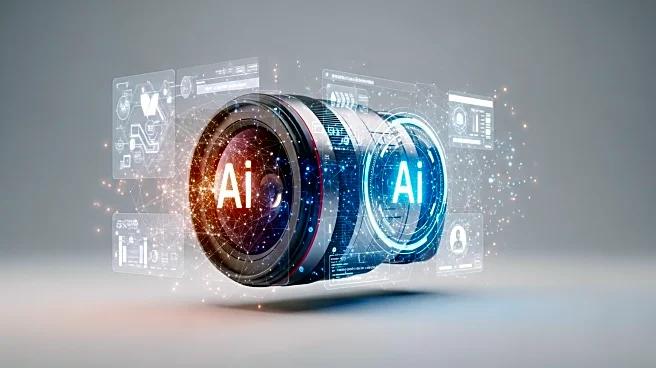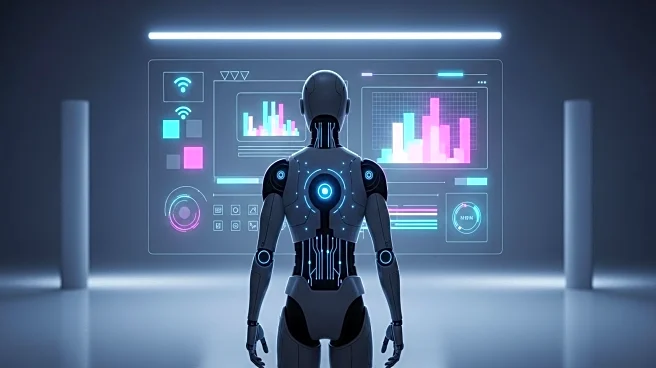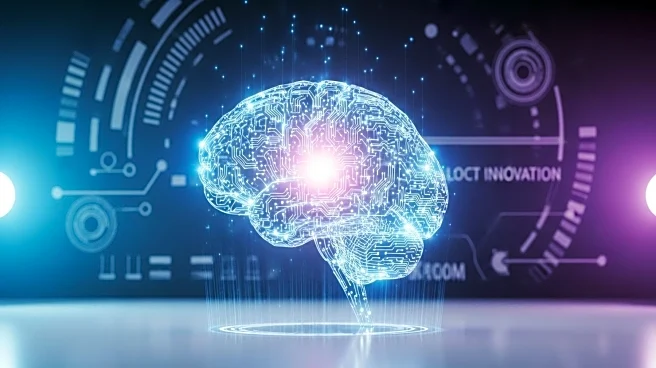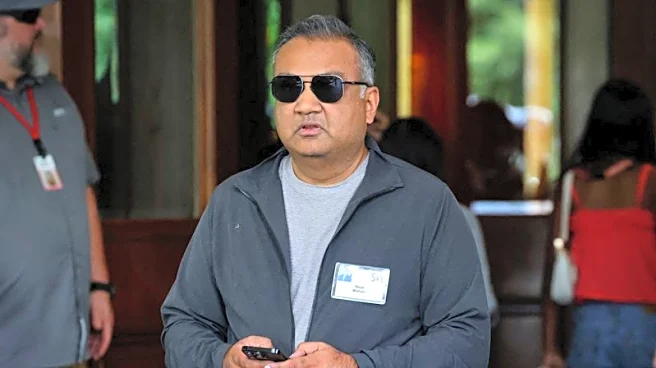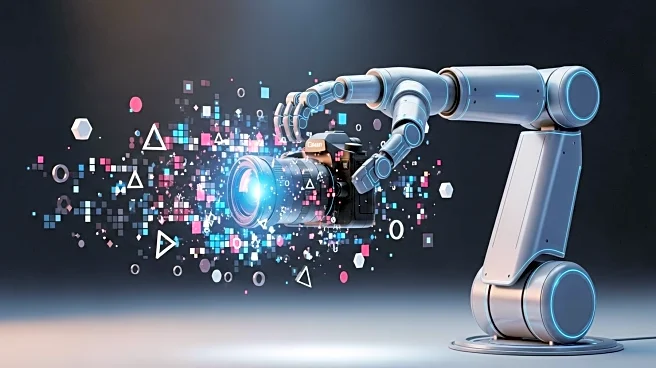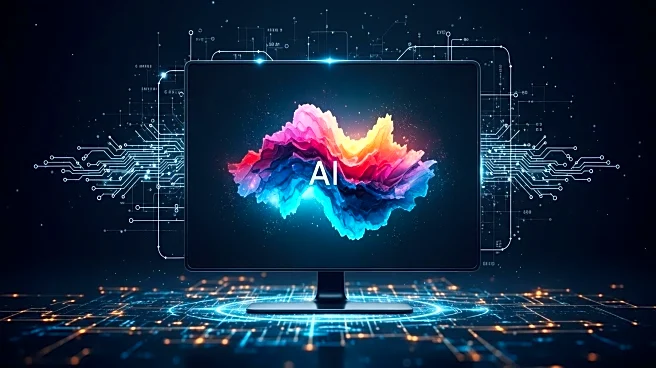What's Happening?
YouTube is integrating AI technology to revolutionize video creation, allowing creators to use AI to enhance or produce videos. This move is part of a broader strategy by Google, YouTube's parent company, to leverage AI across its platforms. YouTube CEO Neal Mohan emphasizes the potential of AI to democratize content creation, maintaining the platform's core mission of giving everyone a voice. The integration of AI is seen as a continuation of YouTube's innovative approach, which has historically challenged traditional media and competitors. The new AI features include tools for creating dynamic visuals and enhancing user-generated content, aiming to maintain YouTube's authenticity while expanding creative possibilities.
Why It's Important?
The adoption of AI by YouTube signifies a major shift in the digital content landscape, potentially altering how videos are created and consumed. This development could impact the media industry by setting new standards for content creation and distribution. Creators may benefit from increased efficiency and creative freedom, while audiences could experience more diverse and engaging content. However, the reliance on AI also raises questions about the preservation of authenticity and the role of human creativity in digital media. As YouTube continues to innovate, it may further solidify its position as a leader in the video streaming market, influencing industry trends and consumer expectations.
What's Next?
YouTube's integration of AI is likely to lead to further advancements in video technology, with potential implications for content creators and advertisers. As AI tools become more sophisticated, creators may explore new formats and styles, potentially reshaping the platform's content ecosystem. Advertisers could leverage AI-driven insights to optimize campaigns and target audiences more effectively. The ongoing development of AI at YouTube may also prompt competitors to adopt similar technologies, driving innovation across the industry. Stakeholders will be watching closely to see how these changes affect user engagement and platform dynamics.

